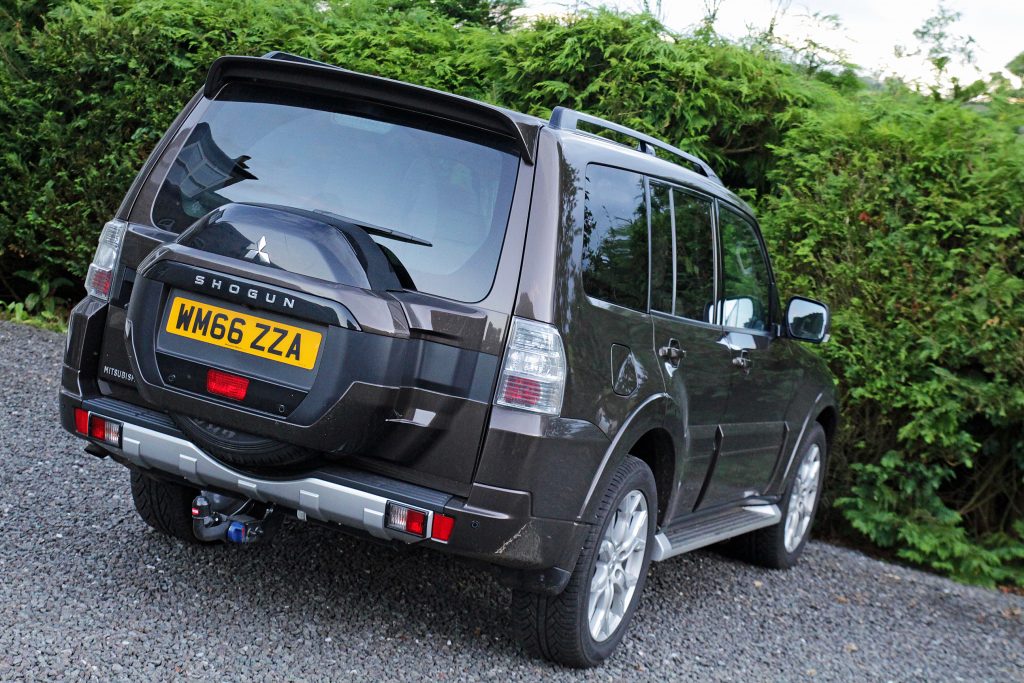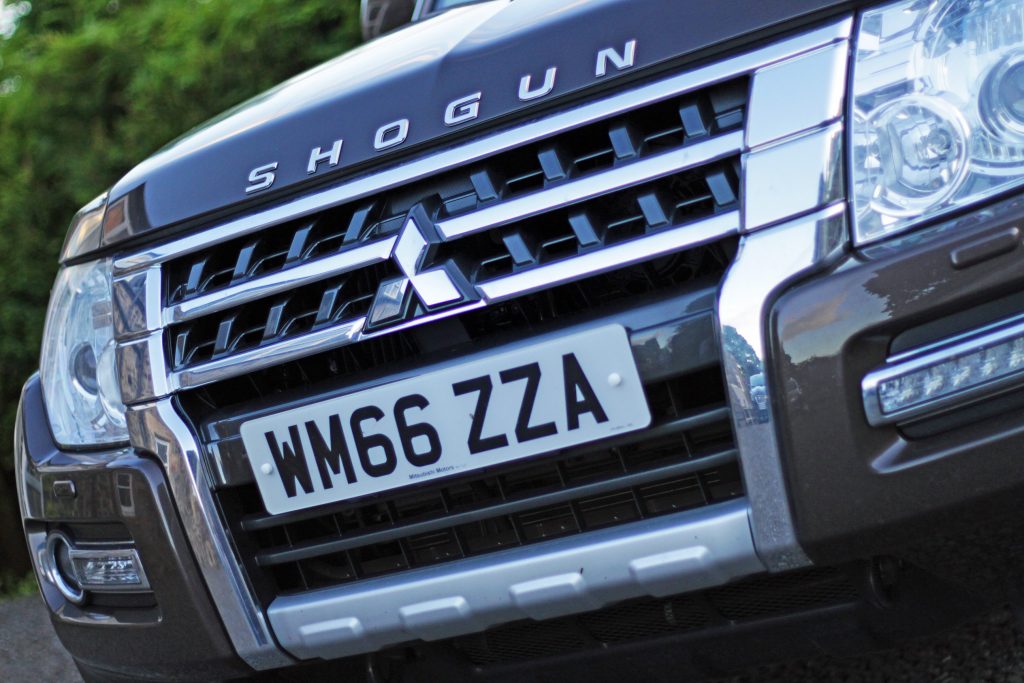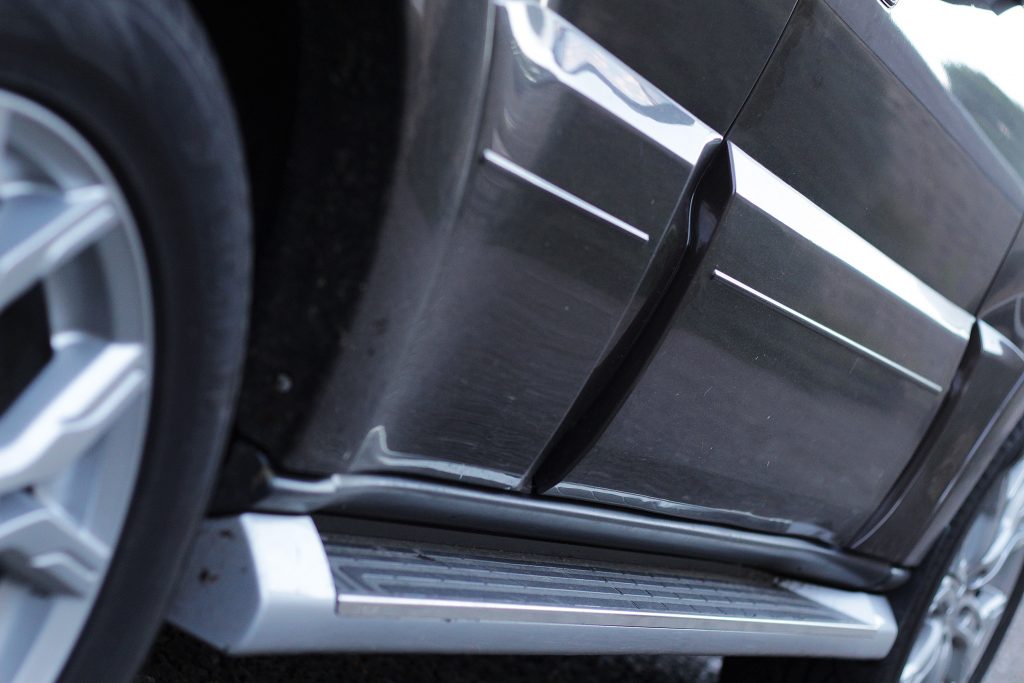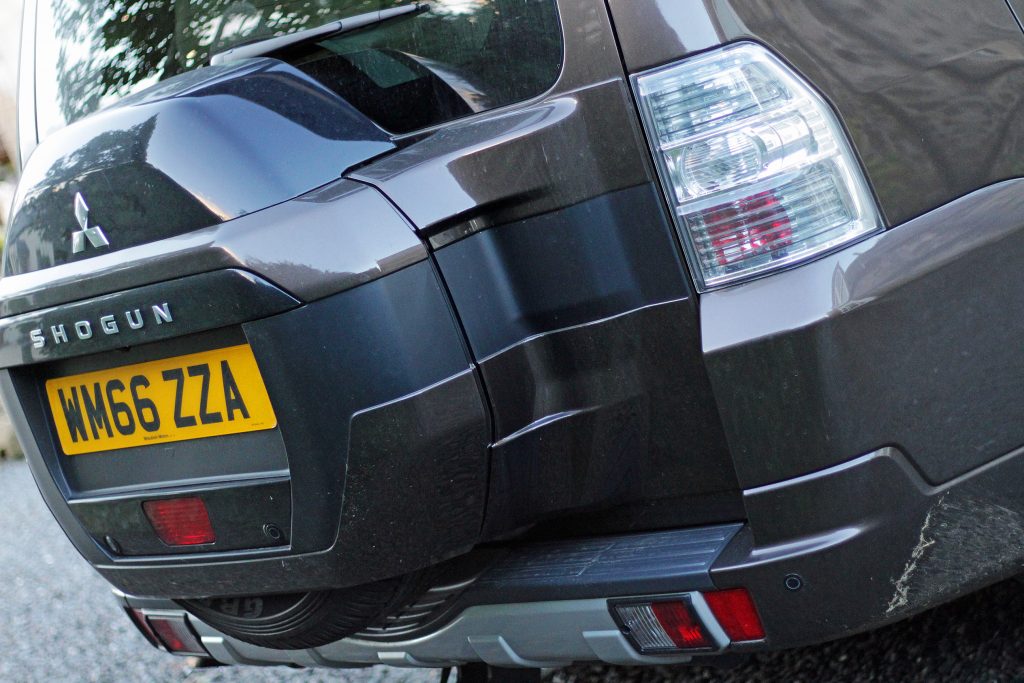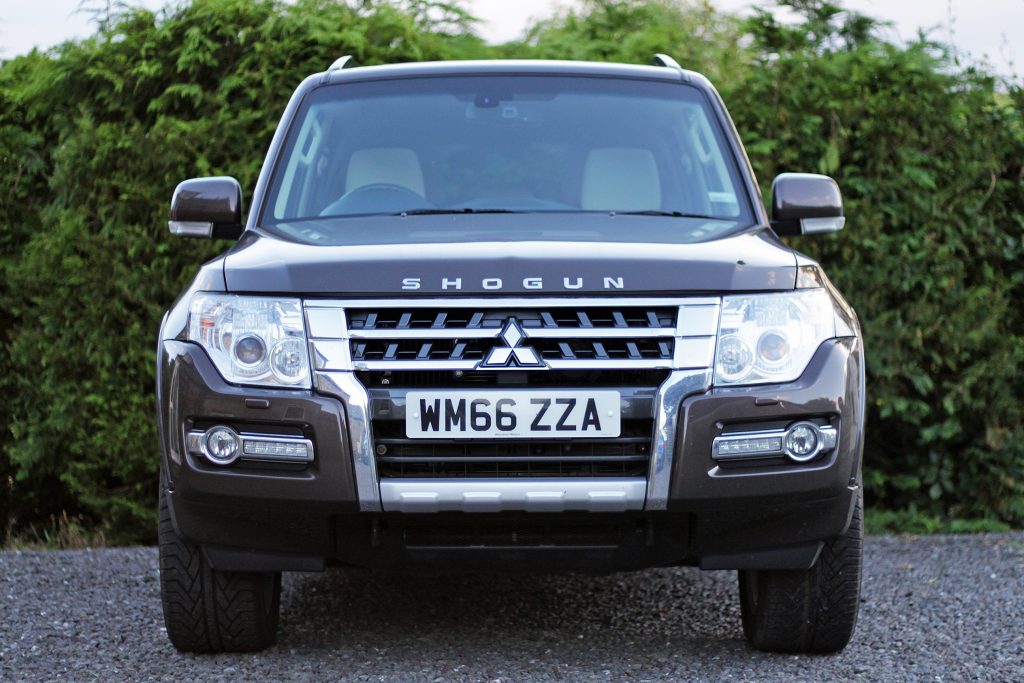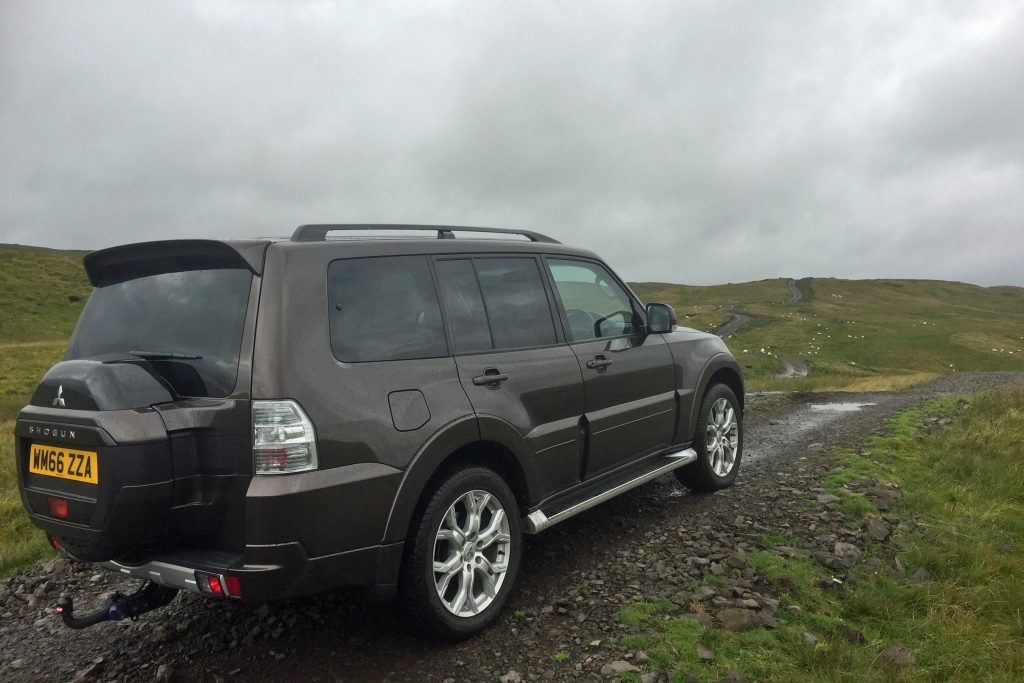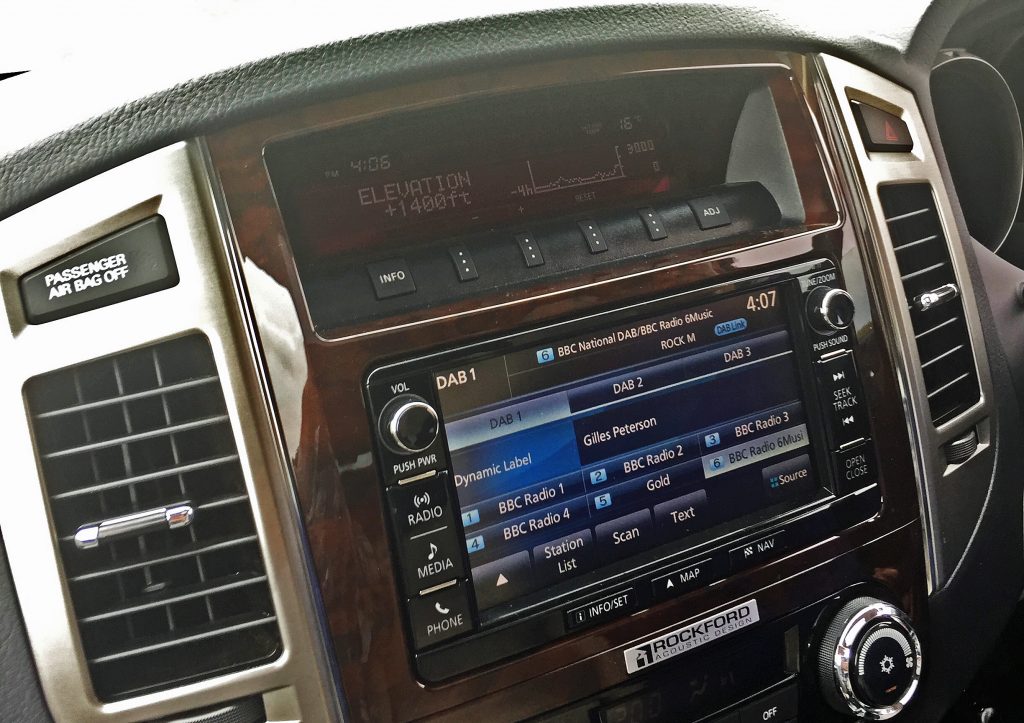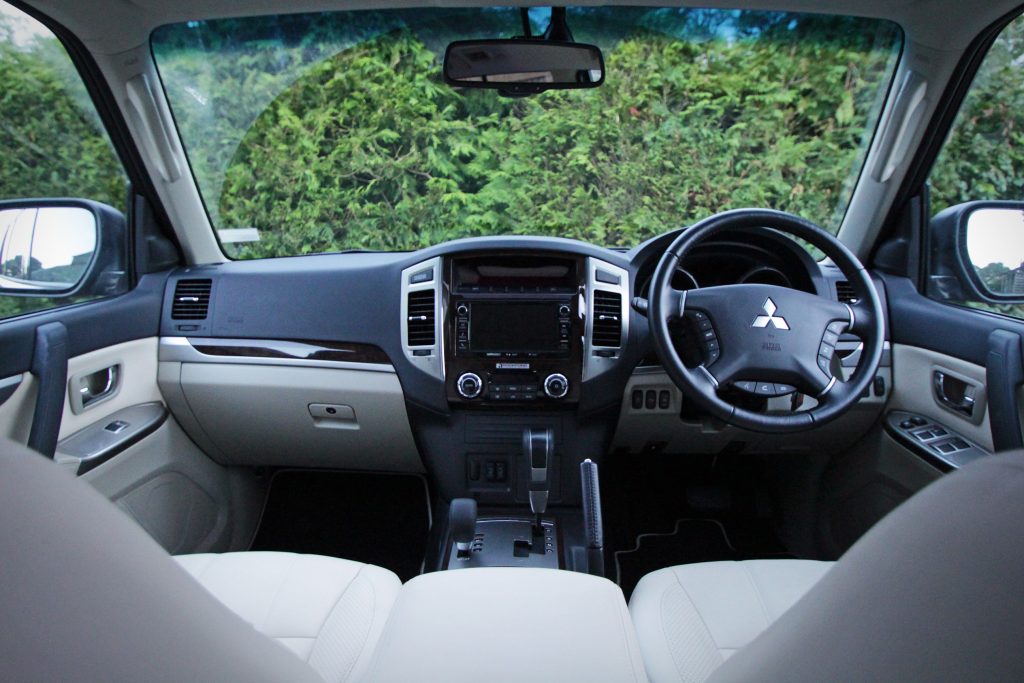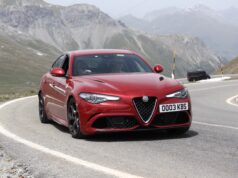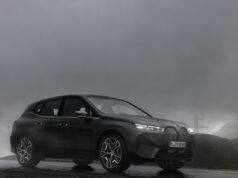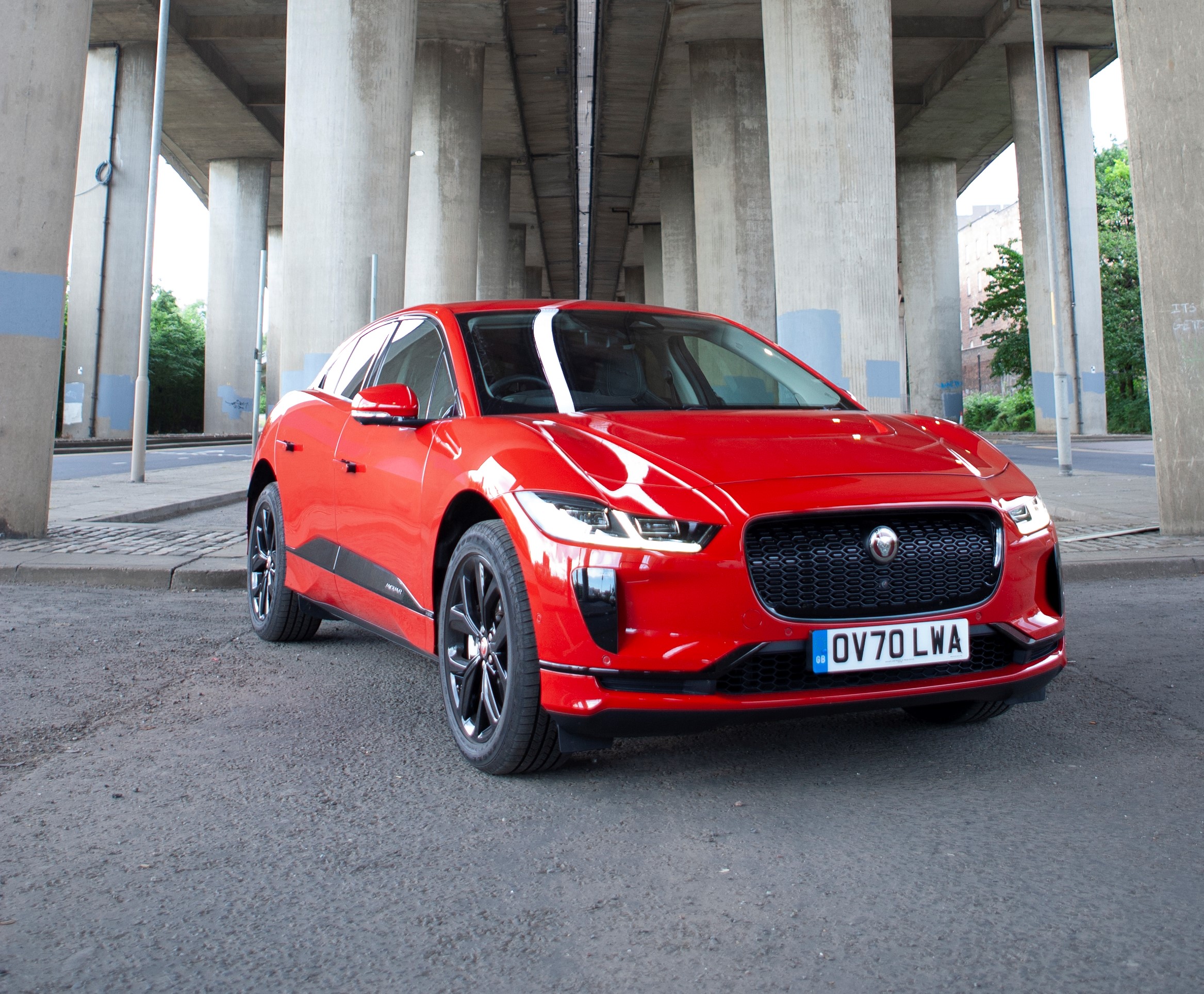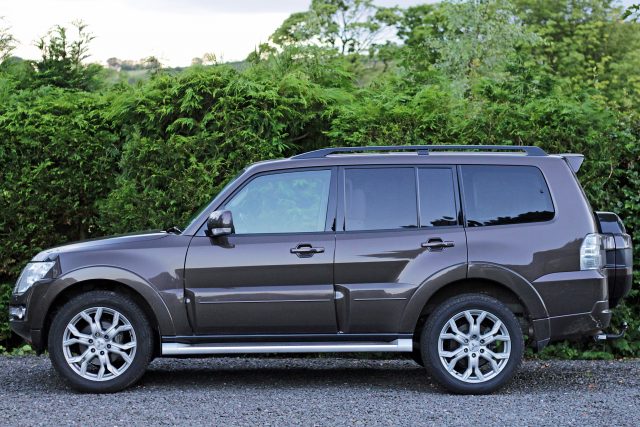
Few cars seem to be able to resist the automotive industry’s need for constant improvement. While petrol heads like us might complain that cars are becoming more ‘digital’ and less involving to drive, it’s hard to dispute the fact that overall, todays offerings are a huge improvement over previous generations.
I could only think of two that have bucked this trend for any significant period of time – the Caterham Seven and Land Rover Defender. While these have no doubt undergone a certain amount of development over the decades, compared to the rest of the industry, their evolution has been glacial. Of course, both are niche vehicles (many would say, institutions), seemly immune from changing times, but even the trusty old Defender has now been put out to pasture (click here to read our farewell to the Defender).
One of the reasons for this is that the 4×4 or SUV market, has changed massively. And that’s where the Mitsubishi Shogun gets off to a poor start. While its competitors have developed in leaps and bounds, it hasn’t. Right from the off, it looks and feels very much like a 4×4 from a decade ago, rather than a modern SUV. If you want your 4×4 to be a utility vehicle, spending more time off road than on it, then the Shogun may hold appeal. However, like it or not, the bulk of the SUV market is now more urban school run, than rural farmer and here the Shogun is fighting a losing battle.
It’s boxy, rugged, no fuss appearance has a certain charm but it’s a long way from the sleek, heavily design focused SUV’s we have come to expect. Where as the Defender could get away with that approach and still look cool, the Shogun just looks dated. Next to a Volvo XC90 or Land Rover Discovery, the Mitsubishi looks very much last generation. A bit like having a CD Walkman when everyone else has an iPod.
While looks are subjective and some may prefer function over form, the biggest problem is with how it drives. More specifically, the 3.2 litre, four cylinder, Diesel engine. It’s incredibly agricultural, to the extend that I suspect many buyers would discount it solely for that reason. At start up, you wouldn’t be surprised to see a Massey Fergerson badge on the steering wheel, while on the move, regardless of speed, gear or throttle position, the engine is excessively noisy and needs to be worked hard to make half decent progress. All of which results in journeys that are tiresome and unenjoyable. To make matters worse, economy is poor, achieving mid twenties while on test. In short, the Shogun is crying out for something more refined, powerful and economical under the bonnet.
Ignore that engine (if you can) and the other aspects of the driving experience aren’t too bad. The auto gearbox does a reasonable job, with smooth and generally well timed changes, while ride comfort isn’t too bad either (aided by some decent chairs). It does however get a bit choppy on rough roads, and the Shogun is no stranger to body roll. Again, a decade ago this would probably be expected from a 4×4, but cars such as Jaguars F Pace (click here for review) have proved that this doesn’t have to be the case, and SUV’s can be great to drive as well as practical.
Away from the tarmac though the Shogun acquitted itself very well. Admittedly the hillside track used isn’t the most challenging test but the Mitsubishi made light work of it, with the suspension set up seemingly more comfortable off road than on it. Manually selectable drive modes include 2WD & 4WD, with further options for locked differential and low range when in the latter. It’s a far cry from Land Rovers’ Terrian Response System but that’s not necessarily a bad thing. From my experience of driving similarly equipped 4×4’s in East Africa, all wheel drive, a diff lock and a low range transfer box will get you pretty much wherever you want to go without the aid of fancy electronics. Even based on a brief excursion off road, the Shogun definitely seemed to prefer rolling it’s sleeves up and getting mucky rather than doing normal daily driver duties.
The inside has acres of space (including a seven seat option) and great visibility thanks to the high up driving position. Mitsubishi have obviously tried to improve the ageing interior with a variety of materials and updated technology but this has largely been unsuccessful, falling some way short of the premium interiors that many of its competitors offer. While it has a robust feel, in keeping with the rough and ready aura, fundamentally as with the exterior design, it lacks any cohesive design. Adding fuel to the fire is the pretty awful third party infotainment system. This is the same system used in the Outlander PHEV (click here for review) which is badly designed, slow to respond and temperamental when using with smart phones. Surely a decent replacement system wouldn’t be that difficult to source?
With the demise of the Defender, maybe the Shogun is the last old school 4×4? If you want a traditional work horse rather than a style statement, that can tow a small planet (3500 kgs) and will last forever, then maybe then maybe Shogun is the car for you. Unfortunately for Mitsubishi the market place for SUV’s has moved on significantly while the Shogun hasn’t, lacking the quality, refinement and style that the majority of buyers would now expect.
Mitsubishi Shogun LWB SG5
PRICE: £43,305
ENGINE: 3.2 litre, 4 cylinder diesel, 5 speed automatic
POWER: 190 ps
TORQUE: 325 lb ft @ 2000 rpm
PERFORMANCE: Top speed 112 mph, 0-62 mph 11.1 secs
CONSUMPTION: 30.4 mpg (combined)
CO2: 245 g/km


